If this year has one good thing going for it, it’s the fact that so many great RPGs have been remade for modern platforms. The new versions of both Final Fantasy VII and Trials of Mana are just two that have been released so far, and joining in on the remake trend, Nintendo has released a remastered version of a classic Wii RPG for the Switch. Xenoblade Chronicles: Definitive Edition takes the great elements from the original release and gives them a nice solid polish into the modern era.
As you’d expect, all the beloved moments of the journey remain intact, but now the game looks different, sounds different, and even plays a little faster. There’s also an additional story chapter called “Future Connected,” which serves as a sizable epilogue that adds even more to an already lengthy title. Thankfully, “Future Connected” can be played at any time from the main menu, a godsend for veterans of the series who don’t want to play through the game again.
Xenoblade Chronicles: Definitive Edition follows the story of a young weapons engineer named Shulk, who lives on the corpse of an ancient Titan called Bionis, who died eons ago while fighting its sworn enemy, Mechonis. Shulk and the Homs exist on the lush, fertile Bionis, and they constantly stave off attacks from the evil Mechons, a race of Hom-eating mechs that live on the cold, industrial Mechonis. These might seem like simple concepts for a setting, but as players progress through the game’s deep story, the various narrative layers come to light, creating an amazing journey that seemingly never gets old.
Shulk and his friends, Reyn and Fiora, live in Colony 9, one year after a horrendous battle that saw the Homs pushed to the brink of extinction by the evil Mechons. The Homs are simply trying to live their daily lives when a new attack comes out of the blue and the Colony’s defenses fail. Lives are lost, and Shulk is forced to go out into the world with a mystical weapon, the Monado, a special sword that grants Shulk — and only Shulk — new powers, including the ability to see into the future. The Monado is a version of the same sword that Bionis used when fighting Mechonis eons ago. It’s also the only weapon that can stop the Mechons, so Shulk must learn its secrets, master his visions of the future, figure out how to change them, and stop the Mechons from their campaign of destruction.

Xenoblade Chronicles boasts an epic story spanning 100 hours, or more when you tack on the extra story content that is exclusive to the Definitive Edition. “Future Connected” adds an additional 20 hours — that’s a minimum of 120 hours of content for the base story, and that’s without really tackling any of the side quests in each region of the world. For completionists, you’re looking at somewhere between 200 to 250 hours to see everything. Admittedly, that’s a lot of time to dedicate to any RPG; luckily the game never really feels like it drags on while playing, thank in part to the deceptively large worlds to explore. The maps are breathtakingly vast, and the corpse of Bionis is so massive that you’ll feel so small as you make your way across it.
When measured against cliffs, waterfalls, and rivers, as well as the flora and fauna — which are actually the dermis of this fallen Titan — Xenoblade Chronicles stands out from other RPGs. One of the neat things to do is to position the camera lower than normal to better take in the size and scope of this world. You can see the greens of the trees, the rugged brown cliffs, and then the blue skies with white clouds — and then even higher you’ll see the remnants of the massive swords or other body parts of the two fallen Titans. It’s awe-inspiring to look at, and I often find myself stopping to take in the sights and sounds of some new vista.
Unlike its contemporaries, combat in Xenoblade Chronicles plays out much like an MMORPG. The player initiates a battle, which is then handled automatically. You can move around for positioning and manage a “hot bar” of various attacks, complete with cooldowns, to pull off some amazing moves. Shulk and his friends collect special abilities called Arts, which increase their power when attacking. They can even be leveled up along with the characters, creating a deep combat experience. Combos can be pulled off with Unity moves, where party members can combine their attacks for some devastating destruction. The characters play unspecified roles, again like an MMORPG. Shulk is the damage dealer, his buddy Reyn is obviously the tank, and later on, a support role joins the group who does some damage — and has low hit points — but their entire job is to keep the party healed and ready to fight.

Coming off playing Final Fantasy XIV, this type of automated combat felt very familiar. Bigger named enemies, bounties, and the game’s bosses require more skill and determination than the normal beasts you would find out in the wild. These battles put all that you’ve learned about combat to the test for fun encounters that can sometimes last north of 15 minutes.
Possibly the biggest change in Xenoblade Chronicles: Definitive Edition comes from the graphical overhaul. Character models are much more defined than their Wii and Nintendo 3DS counterparts. Reyn, for example, has a more detailed face and pronounced brow, lending him a bit more character. Shulk is still basically the generic protagonist with his blonde hair and blue eyes, but he too is more defined. The original Xenoblade Chronicles had an almost muddy look to the graphics, which, at the time, added to its charm and made it one of the most popular games on the platform. The Definitive Edition polishes all of that to create an experience that looks brand new, even though it originally came out 10 years ago.
Many of Xenoblade Chronicles‘ songs have been remastered, and they sound better than ever. The sweeping score as you run across the expansive Plains of Gau is breathtaking and makes even the longest trips enjoyable to take. New Time attacks have been also been added. which the player can transport to by seeking out glowing crystals that are littered across the world. Players take on wave after wave of enemies — all while being timed — to earn special weapons, gear, and higher scores. Be warned, these battles are not easy, and require a high degree of skill at any level to win. Personally, I’m holding off on tackling them until I’m much further into the game and am a bit more formidable.

The charming voice acting from the original makes a return, with the North American version of the game featuring British actors for almost every character. Actress Jenna Coleman voices one of the key players, her lines having been recorded before she became famous for her role on Doctor Who. Hearing these voices again after playing the original Wii version — and again on the 3DS five years ago — is like revisiting old friends, especially when you take into consideration the amount of time you spend hearing them talk.
On the other hand, the amount of dialogue is easily one of the biggest detractions. The franchise as a whole has always been heavy on the chatter — characters are constantly talking, and during combat, they just spew out catchphrases and words of encouragement ad nauseam. Sometimes it’s beneficial, like when your partner calls out an attack he’s doing, which allows you to queue up an Art for a combo. But after five or six hours of near-constant battles, it starts to get annoying. It piles up exponentially as the hours pass by, and it can be incredibly maddening. The post-battle conversations and quips are just as bad. Unfortunately, while you can turn the in-game character volume down — which mutes all voices — you cannot turn off the chattiness; it’s just something you have to learn to live with, for better or worse. It’s one issue I’ve had with the franchise as a whole, and being prepared for it helps. Kinda.
Xenoblade Chronicles: Definitive Edition is an amazing return to one of Nintendo’s best RPG franchises. The game takes the MMORPG experience and condenses it down to a single-player campaign that can last dozens of dozens of hours, if not more. The newly-released Definitive Edition offers better graphics, polished music, and many new additions, including the aforementioned “Future Connected” epilogue, so if you haven’t played through this wonderful game before, this is the version you’ll want to pick up. In a year this challenging, gamers can take solace in knowing that there are some great games to be played, and Xenoblade Chronicles: Definitive Edition deserves a spot on that list.
This review is based on the Nintendo Switch version of the game. A copy was provided by Nintendo.



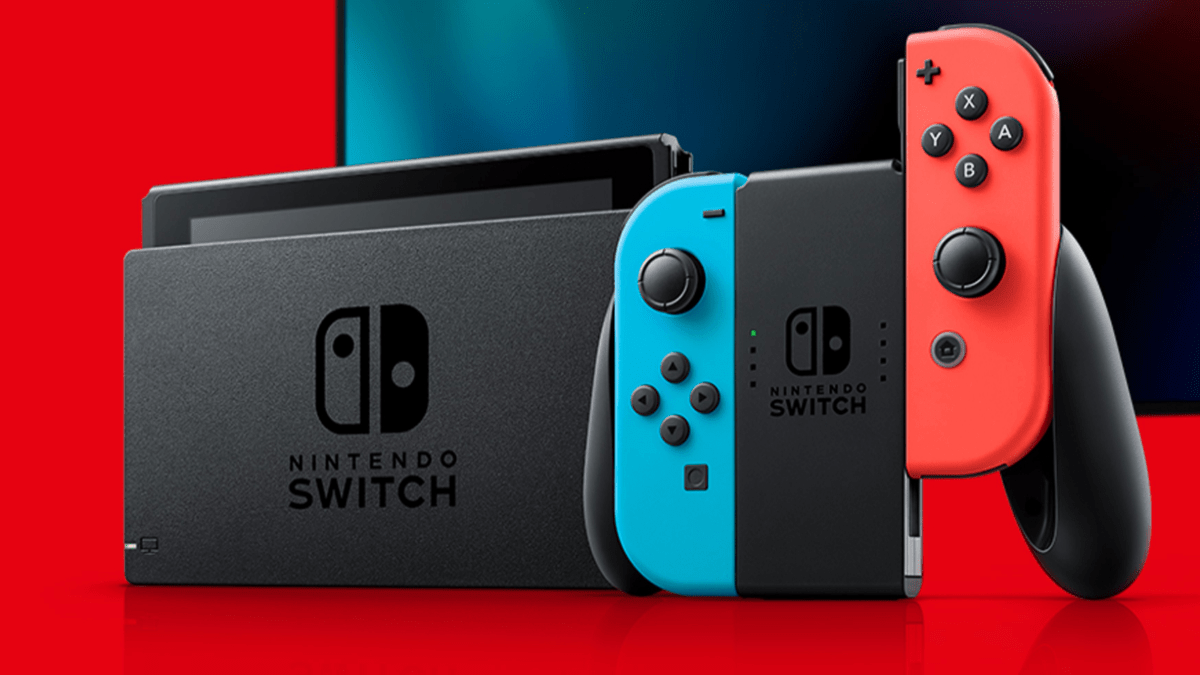
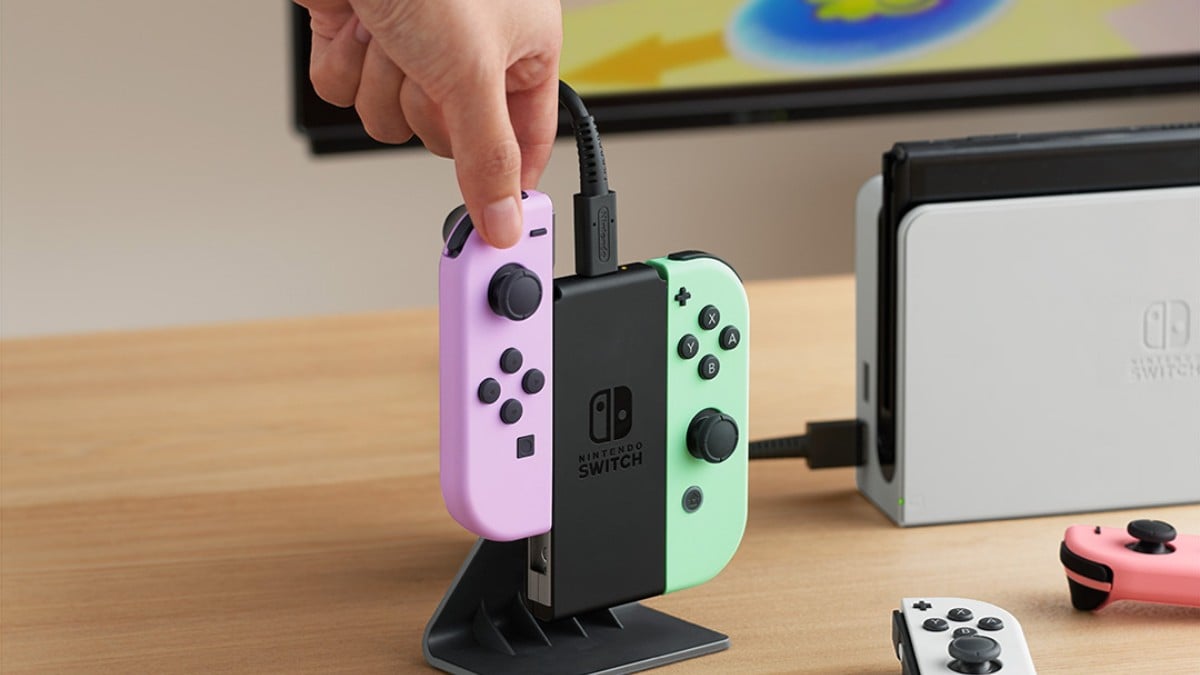
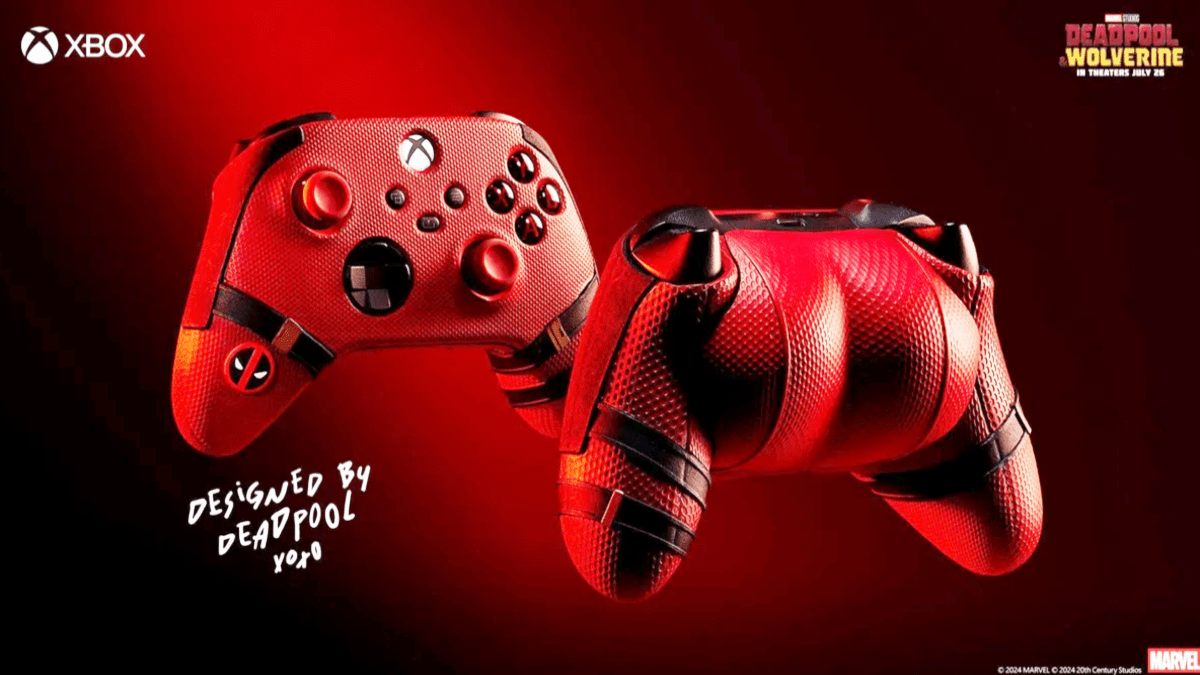
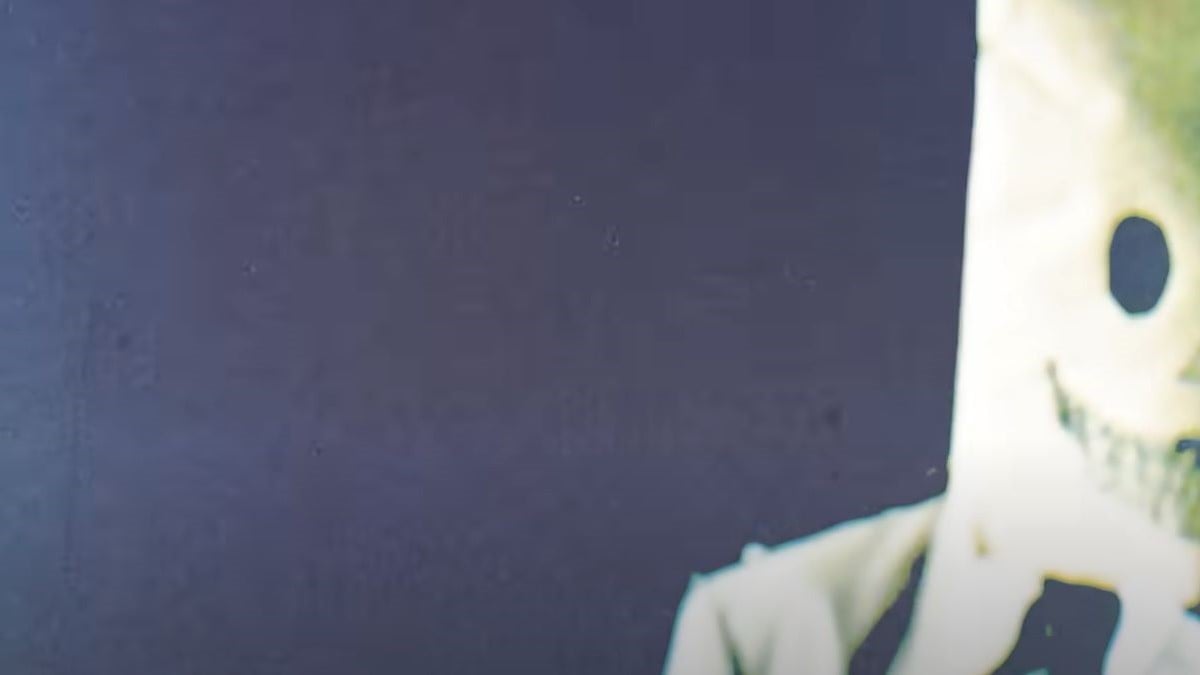
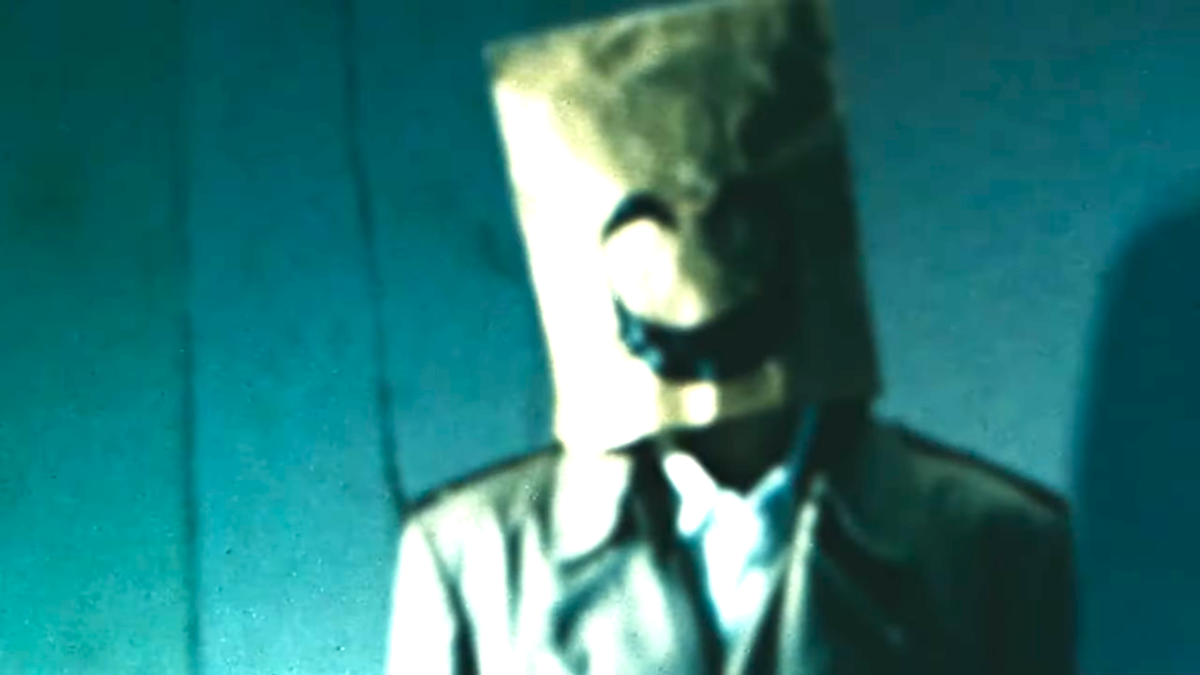
Published: Jun 11, 2020 10:00 am